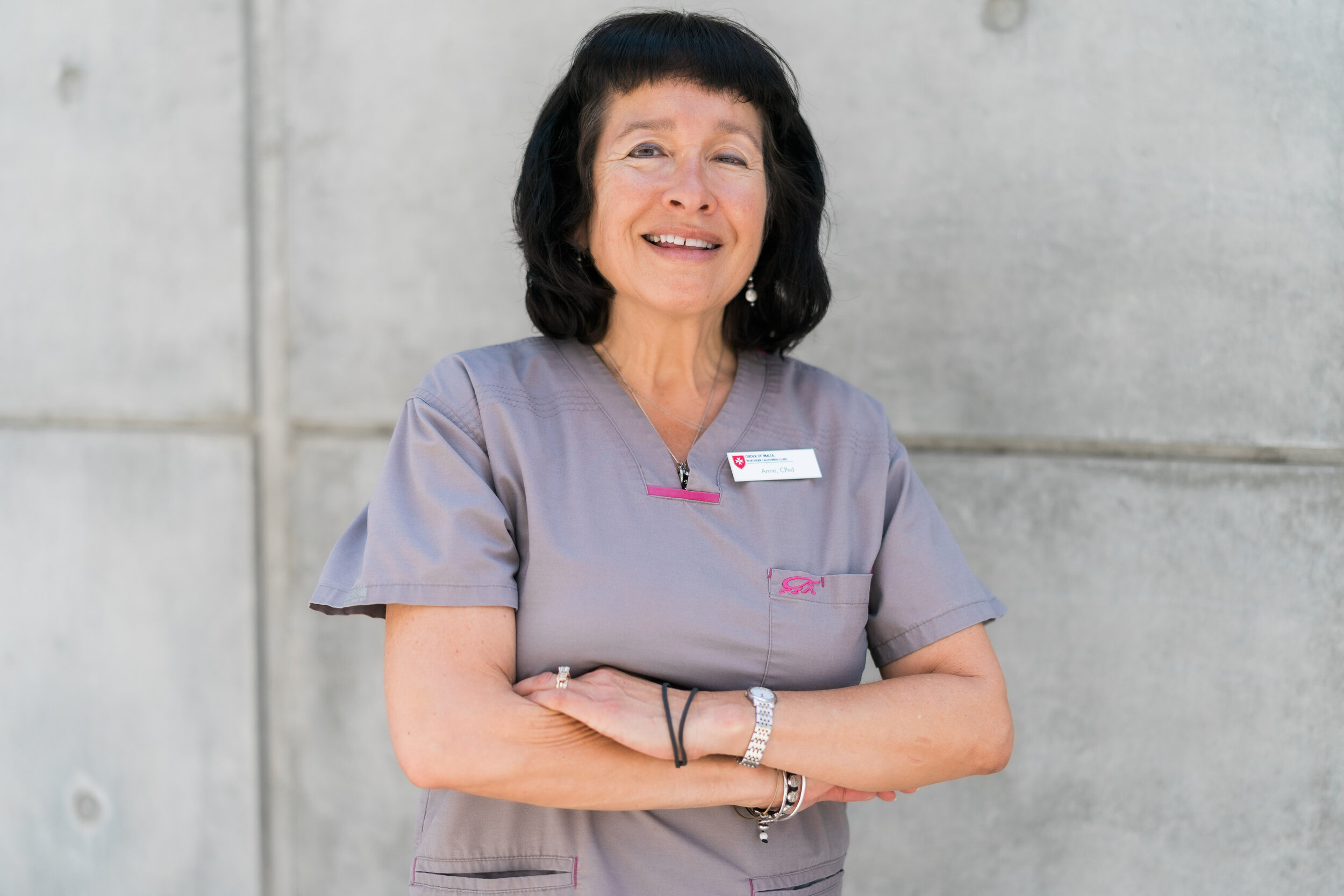Hope Restored - A Patient’s Story
Peter first came to us three years ago, at age 50. By his own admission, he hadn’t seen a doctor in many years. When asked about medications, he shared that he had been taking Paxil, an antidepressant, nightly for years to manage depression and anxiety—though he had never seen a psychiatrist. Peter explained that he obtained the medication through a “friend.”
During his first visit in 2022, Peter was pleasant but somewhat anxious. He described a medical and lifestyle history that he acknowledged contributed to his current health challenges. He came to the Clinic because he had no insurance or benefits at his former job as a package delivery driver. His story was complicated, and it was not clear whether he had retired as claimed or left under other circumstances. His immediate concerns included shoulder and knee pain, a past diagnosis of liver issues related to alcohol use, and sleep apnea. He denied current depression, crediting Paxil for keeping his symptoms under control.
Dr. Wallace was the first provider to treat Peter, counseling him on the risks of obtaining medication outside of medical supervision, the dangers of mixing alcohol with Paxil, and the potential harm to his liver. A full panel of lab tests was ordered, and Peter was referred to Clinic social services for an appointment with volunteer psychiatrist Dr. Turpin.
Lab results revealed elevated liver enzymes and an ultrasound of the liver was scheduled. More urgently, his blood glucose measured 247 and his A1c was 10.6. A series of follow-up appointments ensued with the Clinic’s Diabetes Nurse Educators, who worked with Peter to lose weight, stop drinking, and monitor his blood glucose using Freestyle Libre sensors. These continuous glucose monitors, which wirelessly transmit data to a smartphone app, helped Peter track real-time glucose trends and make informed decisions about diet and medication. For Clinic patients like Peter, the sensors are made possible through the John Muir Community Health grant, which covers their cost.
About a year ago, Peter lost his housing and began living in and out of shelters while seeking stable housing and other support services. Despite these hardships, he faithfully kept his Clinic appointments, always arriving with a suitcase of belongings. Though his appearance reflected the toll of his current circumstances, Peter carefully maintained his sensors, knowing how vital they were for managing his health—even while navigating uncertain meals and the stresses of shelter living. Some nights he even slept on the street if he missed shelter check-in.
Earlier this year, Peter arrived at his appointment clean-shaven and smiling, eager to share good news: he had secured stable housing. Our visit hug was longer that day, full of joy and relief at this milestone. While Peter always received dignity and respect at the Clinic, this change restored dignity to his daily life as well.
Today, we are proud to share that Peter’s most recent A1c level is 6.7—a level he has maintained for more than a year and a half, with the support of the Clinic and our partnership with John Muir Community Health.
“Foxes have holes, and birds of the air have nests, but the Son of Man has nowhere to lay his head.” — Luke 9:58
By Anne Brussok, DM


